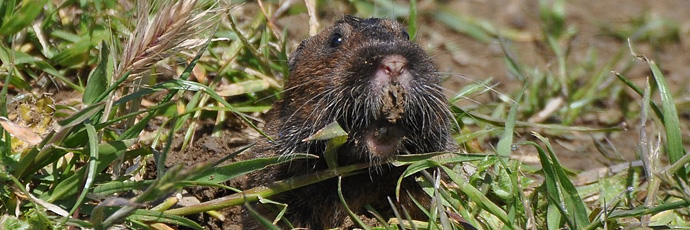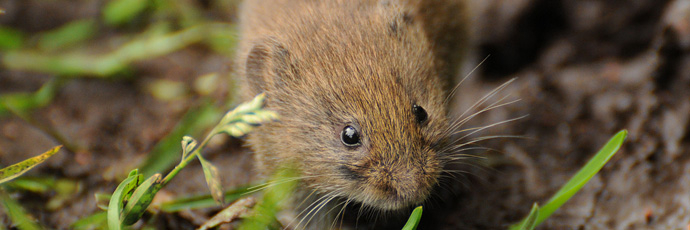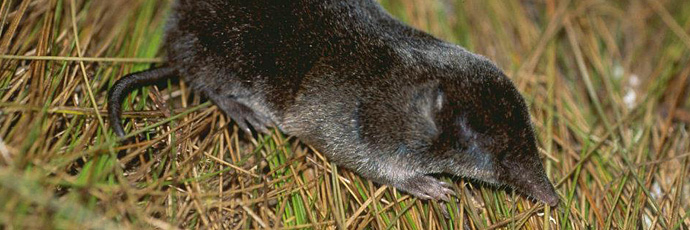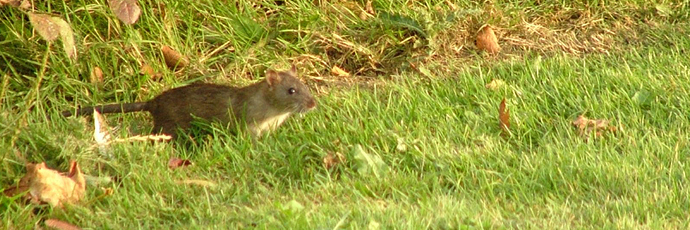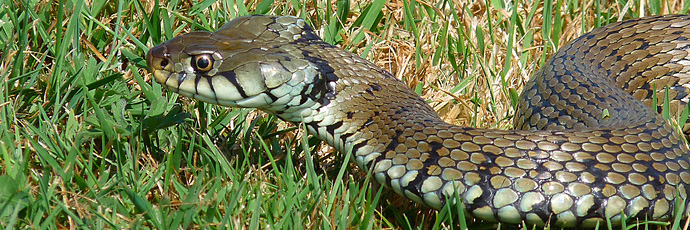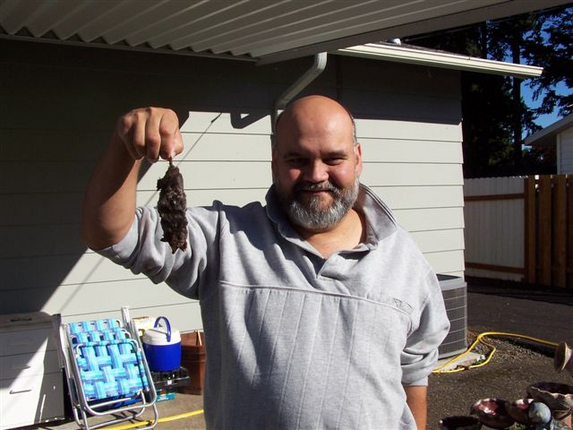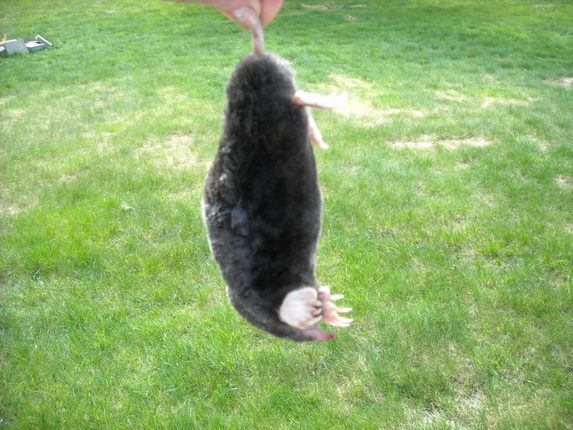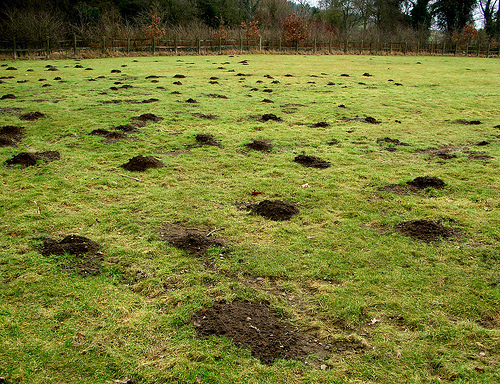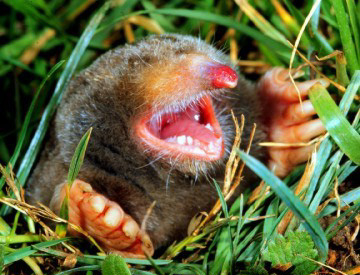pests
A frustration of home and property owners is the destructive effects of moles and their mounds and tunnels. Besides being unsightly on lawns they are disruptive to the root systems garden plants.
The mole is an insectivore with a voracious appetite. 95% of their diet is worms, and the remaining 5% is grubs. Because their saliva contains a toxin that can paralyze earthworms, moles are able to store their still living prey for later consumption. Moles have poor eyesight but have a keen sense of smell and hearing.
Annoyed by gopher damage? The destructive effects of gopher’s underground activities on commercial agriculture, garden plots, and landscaping, is costly – and ugly. Gophers view your open space as free range homestead and if left alone a gopher town can easily spread to take over large sections of your property and may grow a population of hundreds.
Gopher is a common name for any of several small burrowing rodents – like pocket gophers, and ground squirrels. As a vegetarian the gopher likes peanut butter, as well as your potatoes, carrots, roots, lawn, and plants – which makes peanut butter the perfect bait to trap and then kill gophers.
Voles have you vexed? They target plants more than most other small animals as they dine and burrow in your property. Voles will readily eat the bark of small trees and ground cover killing young plants and destroying trees or other shrubs. Voles love to eat succulent root systems and will burrow under plants or ground cover. Bulbs in the ground are another favorite target for voles.
Vole populations can rapidly grow from one or two to many within a very short period of time. Since litters average 5-10 young, a single pregnant vole in the yard can become 50 or more in less than a year!
Voles are mean.
Since voles will commonly use burrows with many exit holes, they can be mistaken for mice, gophers or shrews. Voles can create and will often times utilize old abandoned mole tunnels. Like shrews they will eat dead animals and like mice or rats, they can live on most any nut or fruit.
Incensed by shrews? You should be, as many shrew species dig burrows damaging property searching for storing food and hiding from predators. There over 30 recognized shrew species in the United States, the US Territories, and Canada – and they all multiply rapidly. Although shrews usually live 1 to 2 years, they have 1 to 3 litters per year with 2 to 10 young per litter.
As an insectivore the shrew lives underground foraging for seeds, insects, nuts, grubs, and worms. They frequently use the tunnels made by voles and moles. They are very active animals, with voracious appetites and unusually high metabolic rates. Shrews must eat 80-90 % of their own body weight in food daily.
Riled by rats? That is a common response to their damaging presence on ones property. Wild rats are frequently responsible for destroying grounds, food supplies, and spreading disease.
Wild rats dig and live in underground burrows. Burrows can be simply a chamber connected to the outside by a short tunnel, or can be a large complex of interconnecting tunnels, passages, and cavities. A rat requires food for bait, with a couple of its favorite bait foods being peanut butter and Cheez-Whiz.
Are snakes infuriating you? Ground-dwelling snakes ruin property as they make their underground nests or move into tunnels and burrows of other burrowing pests. Snakes are attracted to your property by other pests and vermin.
Although the majority of snake bites are from non-venomous snakes, all snake bites should be treated. All snakes are strictly carnivorous, eating small animals including lizards, other snakes, small mammals, birds, eggs, fish, snails or insects. Their mouths therefore hold any number of bacteria, especially if it had recently finished a meal.


